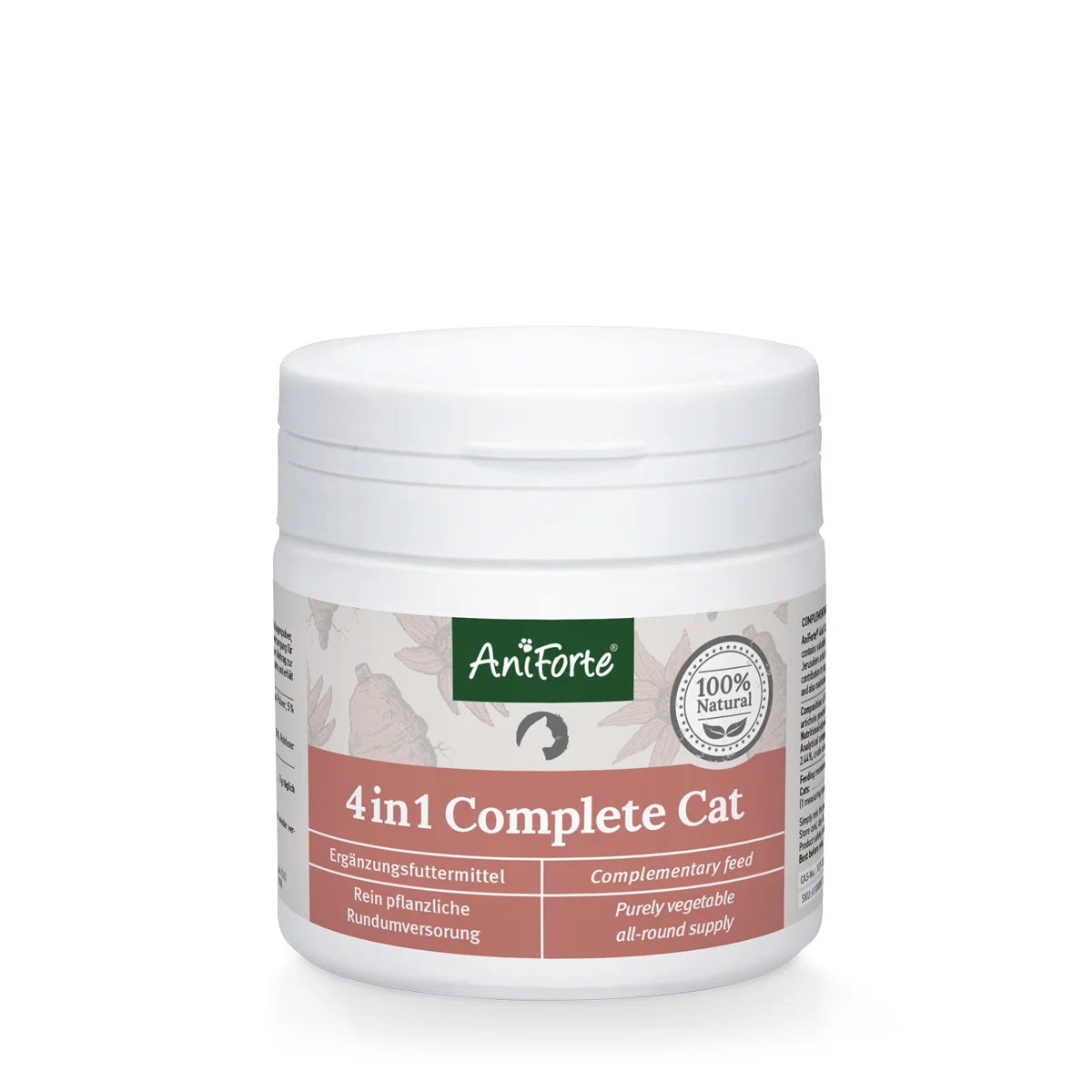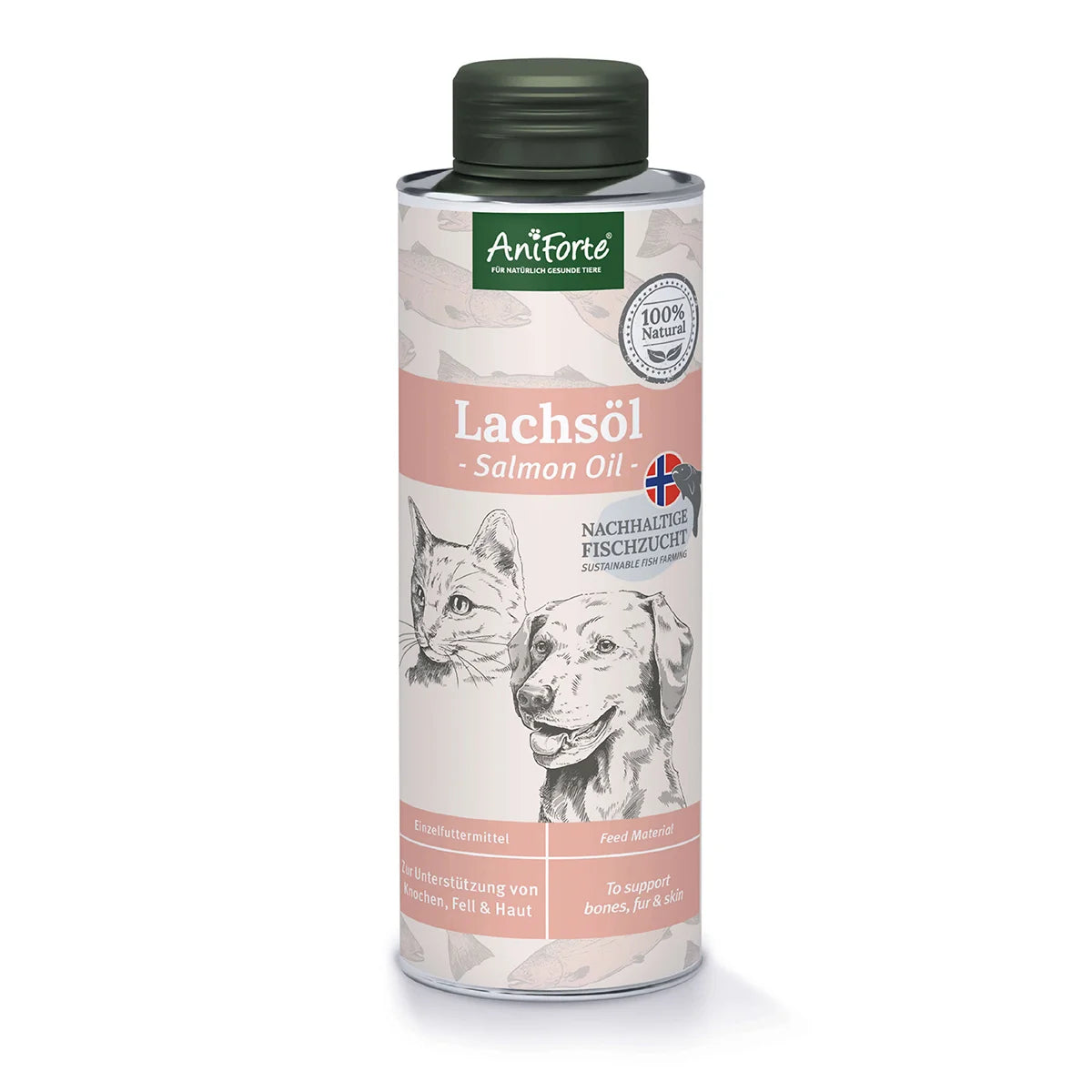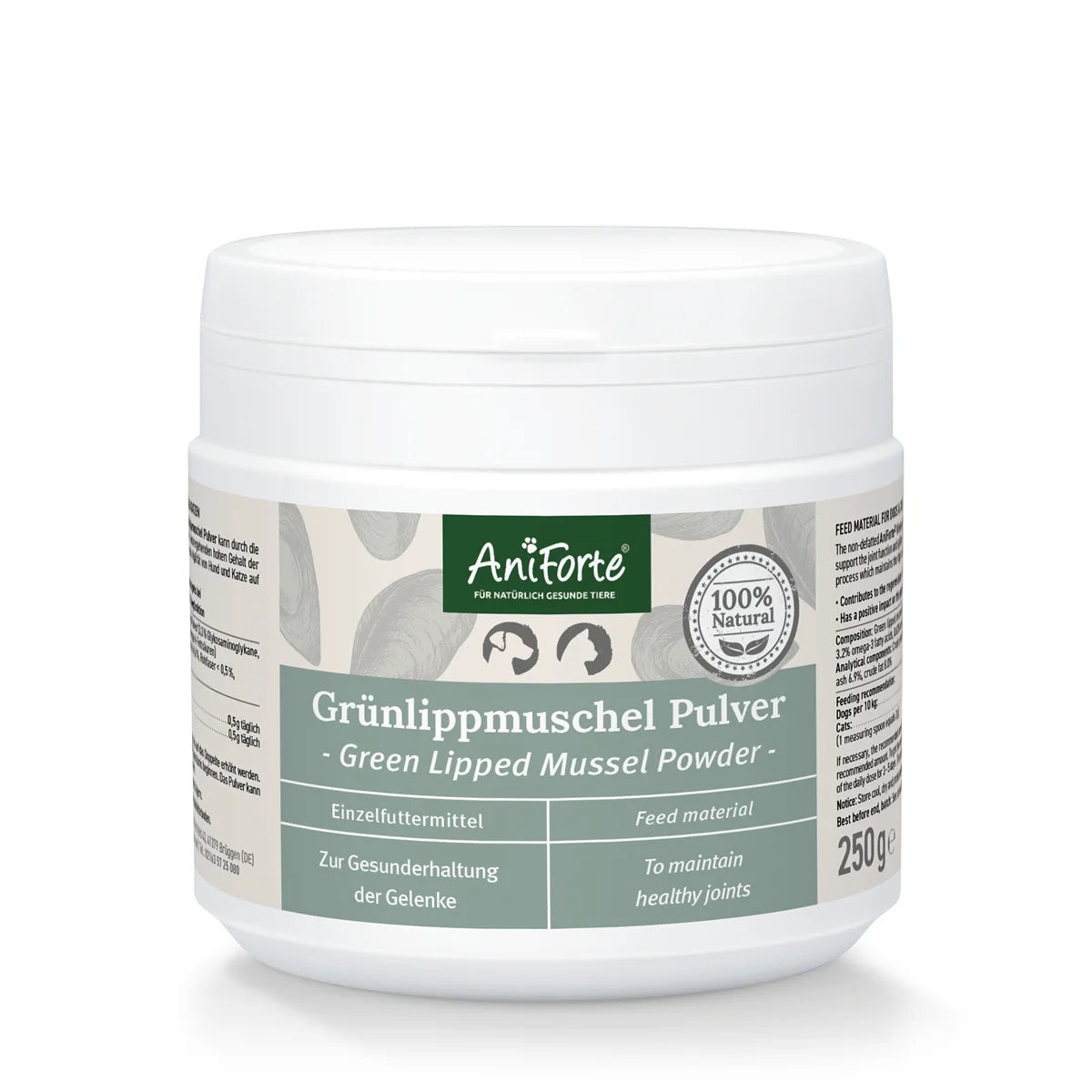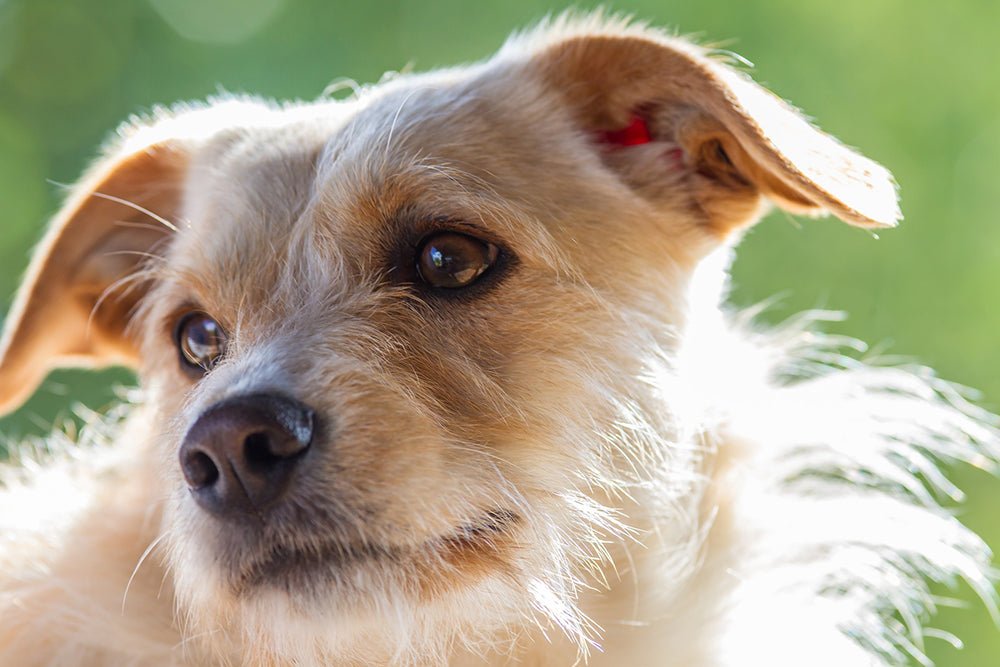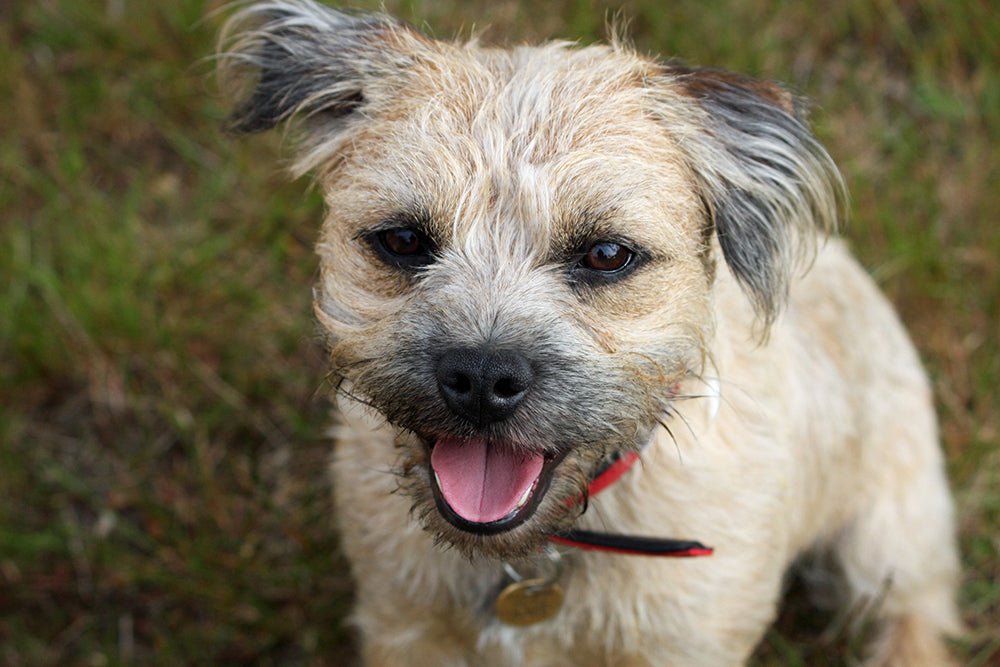
Congratulations on deciding to add a puppy to your family! But before your new puppy can move in, a few precautions must be taken. Small objects that are at puppy height and that are dangerous for the little furry friend, that could pose injury risks or that the puppy could swallow, must be moved to a safe place. Objects that are dear to you should also be placed out of reach.
What many prospective puppy parents also do not think about is the electrical system: cables should be well hidden before the arrival of your new family member. It is not uncommon for dogs nibbling on cables and suffering electrical shocks as a result. This can be very dangerous for the young animals and even end in death.
Poisonous plants for dogs are another source of danger. These plants do not belong in a household with puppies! The furry friends play with everything that comes between their little pearly whites and do not distinguish whether an object or a plant is not good for them. Many plants can cause serious damage to the health of dogs and lead to severe poisoning with fatal consequences.
A puppy does of course not stay in the living room or bedroom. At some point he will also find his way into the bathroom and of course the kitchen. Lock away household cleaners and other toxic chemicals as well.
Make the garden "puppy-proof"
If a cat flap leads from the house into the garden, care should be taken to ensure that the newcomer has no access to it. Some puppies are so small that they can easily slip out through these doors and possibly get hurt. Nobody wants the first time with puppies to be tainted by visits to the vet.

If you have a garden, bring it up to date. Your puppy’s curiosity doesn’t stop here. A fence is very important for dogs, especially if you live on a busy street. This fence should be flawless, as dogs are particularly talented at digging under fences or finding and enlarging every possible existing hole in the fence. Poisonous plants for dogs should be removed. Your little furry friend will play with everything he finds interesting. It can happen that sticks or leaves from poisonous plants wind up in his mouth. Make sure to lock away dangerous objects such as rakes and other garden utensils.
To sum it up – treat a puppy like you would a small child.
Pick up the puppy - dos and don’ts
When you pick up your puppy - from the breeder, the animal shelter or through a private agency - keep in mind that the puppy’s move into the new home begins with a separation. The young dog is being separated from his mother and littermates in a very sensitive phase. As a rule, dogs are adopted between 8-10 weeks of age. This seems so natural to us that sometimes we don’t even realize what an emotional turn this separation can mean for the puppy. You take in a living being that is completely dependent on the care of others during a fragile phase. It is therefore all the more important to create a place of trust for the little rascal, where he feels comfortable from day one and is accepted by his new people, because even small puppies have a need for security.
The puppy-human bond during the first few days
Getting the puppy used to the new home depends largely on their safety and trust in the new family. This building of trust already begins during the visits to the original family and at the latest when the puppy is transported to the new home.
Before you pack your new family member in the car and start your adventure together, you should first explore the means of transport and, if necessary, the dog transport box together. Maybe you can put a toy or a small treat in the box. The puppy connects the transport box and the means of transport with something positive. These are already the first steps on the ladder of trust.
In addition, the transport box should be equipped with a comfortable blanket and something old from its original family. In order to keep any possible homesickness to a minimum, a toy, a towel or a small blanket with the smells of the mother and littermates is beneficial.
First car ride with the puppy - pay attention to this
While driving, the dog should not sit alone in the trunk, but next to the human partner with whom the little puppy has so far built the most trust. It’s best to put your hand in the transport box so that your puppy gets a feeling of security. If the little one starts to whine or shows fear while driving, be careful not to stroke him. This supports his behavior and his fear even more - this is also called reinforcement of negative emotion. Also remember to take frequent breaks if the journey home takes a few hours.
After arriving at the new home, it is good for your furry friend if he has enough time to get to know the new environment. Puppies raised with confidence will usually begin to explore their surroundings immediately. You can have this new experience together in a playful way. For example, simply lift a leaf on the ground at the puppy’s level and examine it, encourage it to play and sniff, direct its curiosity and interest to a bush. The first phase of communication and mutual understanding begins when you and your puppy mutually engage with each other. Trust is built and the bond between the new family member and yourself is strengthened. It is also recommended that the puppy have a trusted person to begin with, whom he or she will interact with most. The confusion of many caregivers can increase the puppy’s lack of security and the separation experienced during the first few days.
But remember, for the next few days your little friend should always be kept on a leash. He is not yet conditioned to you and could run away faster than you may think. Especially if you live on a busy street, you have to make sure that the little rascal doesn’t run out of the house unobserved.
Arrival in the new home
The puppy’s first day in the new home is not only exciting for you and possibly other family members, the little furry friend is also excited. After all, he doesn’t know what to expect. When the new roommate steps over the doorstep, it is best to show them the room they will be spending most of their time in, their food and water bowls, toys and of course their dog basket where they will be sleeping.
He shouldn’t be left alone, especially at the beginning. On the one hand you are getting him used to yourself and on the other hand you can intervene quickly if he starts to any nonsense and wants to nibble on a chair leg or shows great interest in things that are not intended for small puppies.
Remember that your puppy’s experiences during his first days should be connected with positive emotions.
With so much excitement, the little one will soon have to go to the bathroom, too. This is the right time to start house training your dog and assign him a place outside where he can do his business. The puppy’s first walk shouldn’t be too long, 15 minutes at a time is sufficient. Make sure that the little one gets long breaks to rest. If the puppy withdraws, he should sleep in his basket or dog bed.
Meeting other family members
When a puppy comes into the house, everyone involved is of course excited: the puppy, the adults and also the children. However, people should not let their excitement show too much: Overly excited behaviour and rushing towards the newcomer could trigger fear and uncertainty in him. So it’s best to adjust the excitement a bit and hold off with lavish caresses and hugs.
Ideally, all direct family members have already got to know the little puppy at the breeders or the place you picked him up from. This gives the furry friend the feeling that they are coming home to friends, which of course gives them a lot more joy and security.
If there are children in the household, it is advisable to practice lifting a puppy with them using stuffed toys. In addition, children should be advised not to be too euphoric or too brash with the small dog.
Friends, grandparents and other acquaintances and relatives should hold off visiting the puppy during those first days. This could lead to overstimulation in the little rascal and he will lose direct contact with you.
Meeting other pets in the house
If there are other pets in the household, you should know before buying a puppy whether your pets, cat or dog, would potentially get along with other pet roommates. If this is not the case, we strongly advise against getting a puppy.
If there is already an older dog in the household, it is usually less of a problem to introduce him to a puppy. Older dogs do not see puppies as a threat and are happy to share their territory with the young newcomer. An adult dog is also a good way to educate the little one and to put him in his place. He signals the rebuke either with the paw that whips out at the little puppy, he barks at him, bares his teeth or even snaps at him. This can sometimes look like an attack to outsiders, but that’s completely normal in doggie language. None of this is a reason to panic, but you should make sure that the puppy doesn’t get too pushy. You still know your dog’s behavior best and can judge his posture well.
The meeting between puppies and cats could be more problematic. While dogs accept kittens faster, it is more difficult the other way around. Adult cats have less of a desire to play with young puppies and quickly feel harassed by them. While you are introducing the puppy to your cat, always keep it on a leash so that you have some control. Signal him clearly when he is bothering the cat. The puppy should learn right from the start to treat the house tiger with distance and respect. The cat should also be able to escape at any time if the whole situation becomes too much for her.
Where does the puppy sleep? First night in the new home
Opinions differ widely as to where the puppy should sleep for the first night and after that. While some prefer a room far from the bedroom and strictly forbid the dog from accessing the bedroom, others tend to let the furry friend sleep directly in their bed. In short: there is no right or wrong to this.
As a pack animal, the dog likes to be close to his people, whether he will sleep directly in bed is up to each dog owner. If you decide to let your new animal roommate sleep in bed, that doesn’t mean that he has taken on the leadership role and feels equal to humans.
If you decide to let the dog sleep outside of the bedroom, you should implement this gradually. During the first few nights it is recommended to not keep the puppy far away from people. You can place his basket right next to your bed and maybe even let your hand hang from the bed into the basket at night. The puppy’s first night should give him a feeling of security. The little dog needs physical contact and the assurance that he is not alone as he has always spent his nights under the protection of his mother and littermates.
As a reminder: a puppy rarely sleeps through the night. Therefore, you may have your sleep interrupted and you need to go out with the little rascal at night for a bathroom break.

